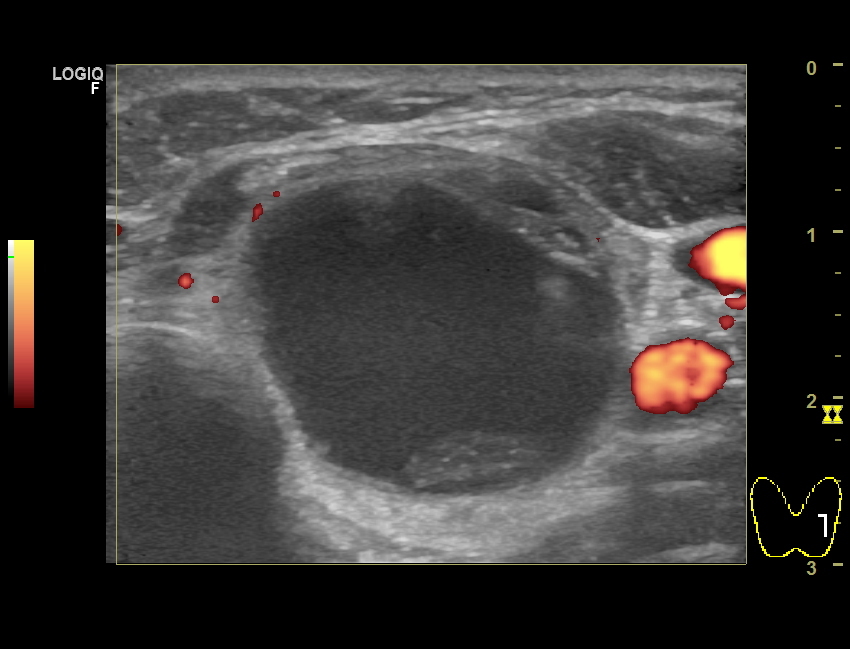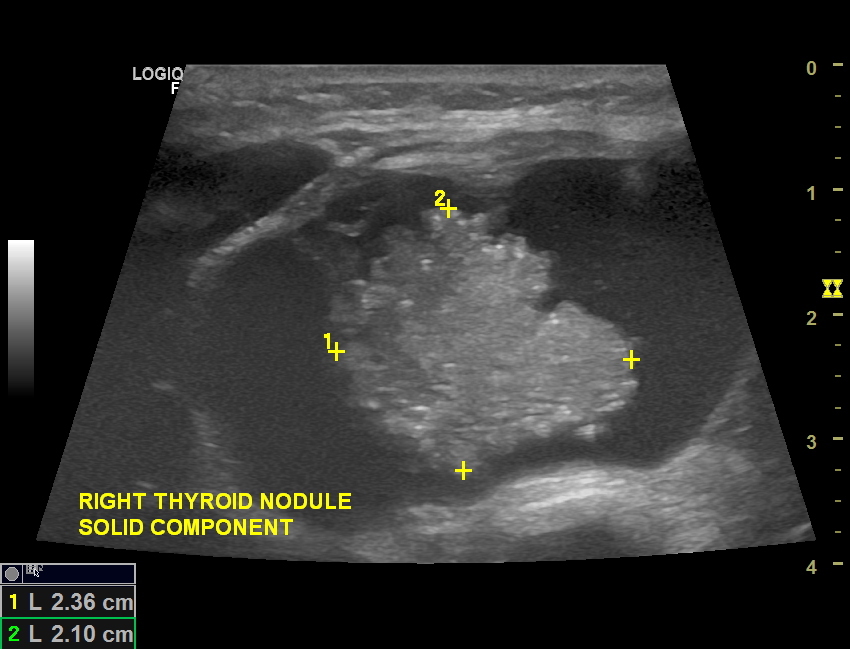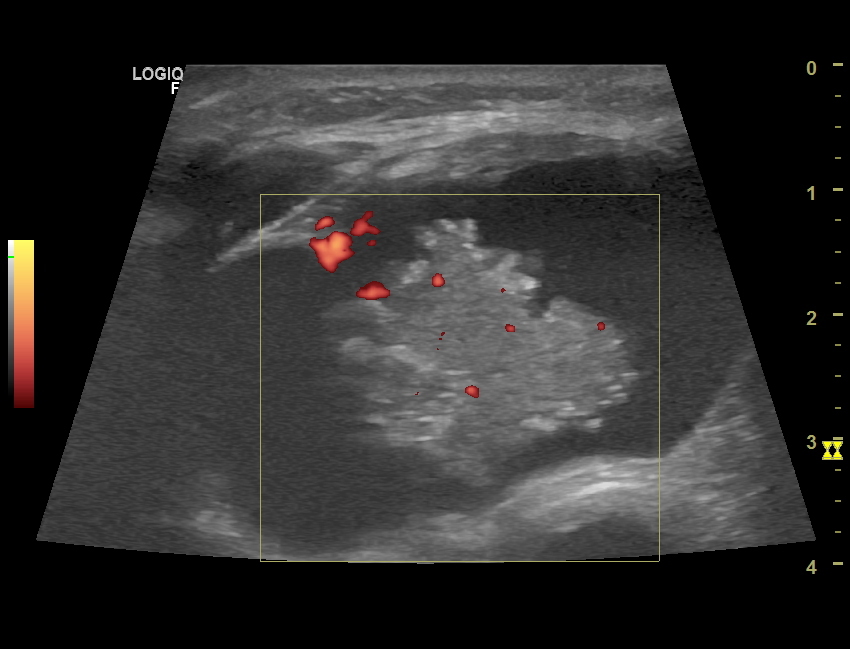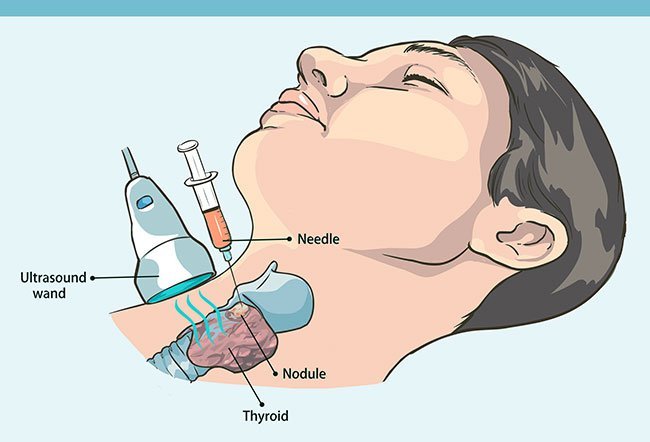Thyroid cysts
A cyst in the thyroid gland is a common condition. Thyroid cysts are fluid-filled sacks that arise within the thyroid gland and are often the result of a degenerating thyroid nodule. They often present as a sudden and sometimes painful swelling in the thyroid gland which is situated in the front portion of the neck. The nature of onset and pain is often alarming and immediate medical attention is often sought.
A thyroid cyst may be entirely cystic – meaning containing fluid only – or may represent a thyroid nodule that is partially solid and partially cystic. Thyroid cysts that are entirely cystic are invariably benign and require no treatment. Many patients do not like the unsightly swelling in the neck and seek some treatment for cosmetic reasons. Thyroid nodules that are partially cystic and partially solid do merit thorough evaluation and investigation.
How do I know if my thyroid swelling is a cyst?
It is difficult for patients to recognise if a thyroid swelling is a cyst or a nodule. Even specialists may have difficulty deciding if a thyroid swelling is a cyst by simply palpating the neck. This is because a tense thyroid cyst may feel very firm. The best investigation to perform is an ultrasound scan of the neck. At The ENT Clinic, we have ultrasound machines at both centres which allow our ENT Specialists to assess thyroid swellings immediately and decide if they are truly cystic in nature or solid nodules.

What needs to be done if I have a thyroid cyst?
It is important to ascertain if a thyroid cyst is purely cystic in nature or whether it has a solid component.

Thyroid cysts often have debris within them that may settle on one wall of the cyst. This may give an impression of a solid component. Colour-flow Doppler is sometimes useful in deciding if the solid component of a cyst is truly so. The image above shows no flow in the “solid” components.
Contrast this image to the partially solid, partially cystic nodule below. The solid component is central and has Doppler flow.


This partially cystic and partially solid nodule was initially aspirated by a specialist. The solid component was not biopsied. The fluid aspirated showed no malignant cells and the patient was reassured that all is well. However, when I reviewed the patient, I was uncomfortable with the solid component and chose to biopsy it. It revealed papillary thyroid cancer cells. The patient subsequently underwent surgery and is now doing well two years following surgery.
What are the options for treatment?
For thyroid cysts that have been confirmed to be benign by prior needle biopsy, simple monitoring may suffice. The following patient had a large thyroid cyst that involuted with a year. The images below show the serial contraction without any medical intervention.



Some patients will prefer serial aspiration of the thyroid cyst to improve the appearance of the neck. In some centres, saline (salt water) or alcohol can be instilled into the decompressed cyst to encourage it to involute. Aspiration of thyroid cyst should be done under ultrasound guidance to ensure that the cyst is “drained to dryness”.
Finally, in some patients due to concerns about possible malignancy, surgery may be advised. The decision to proceed to thyroid surgery should be carefully considered by the surgeon and the patient.
Share this blog via:








